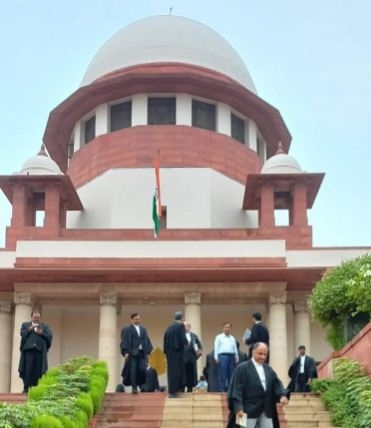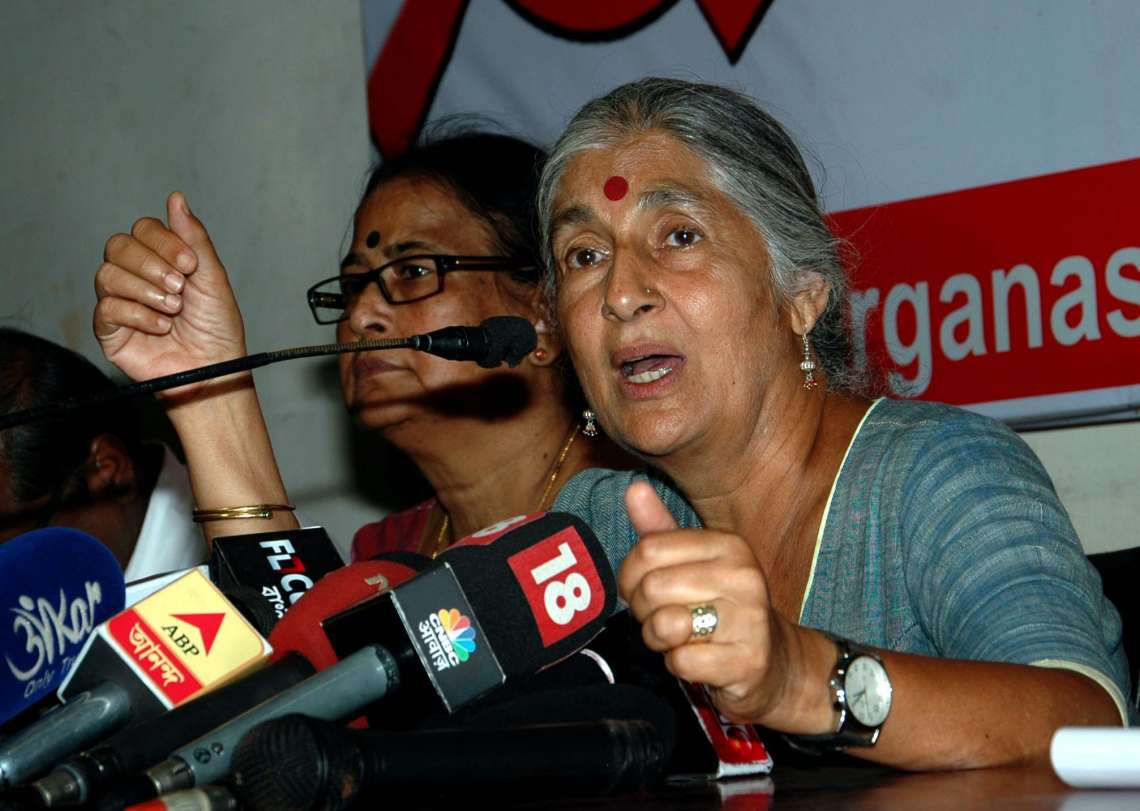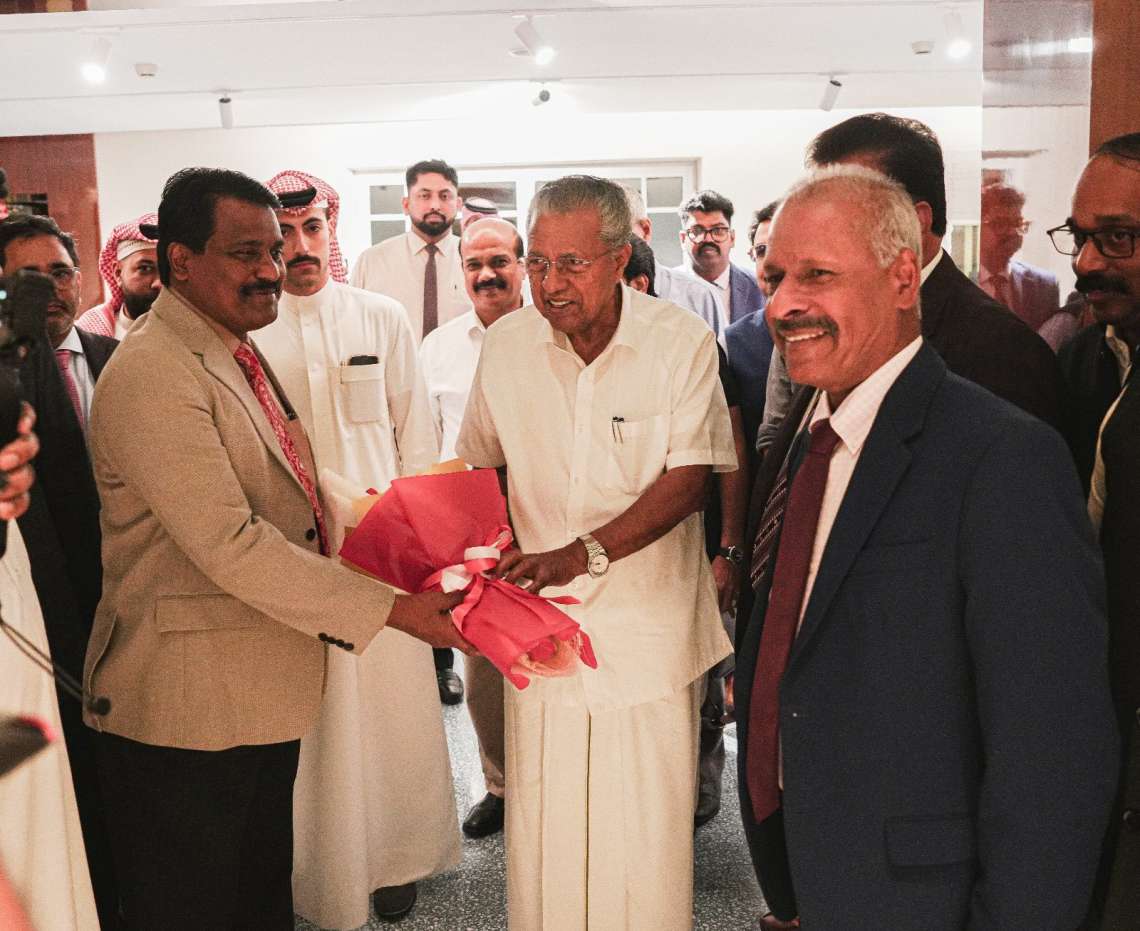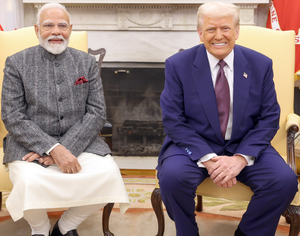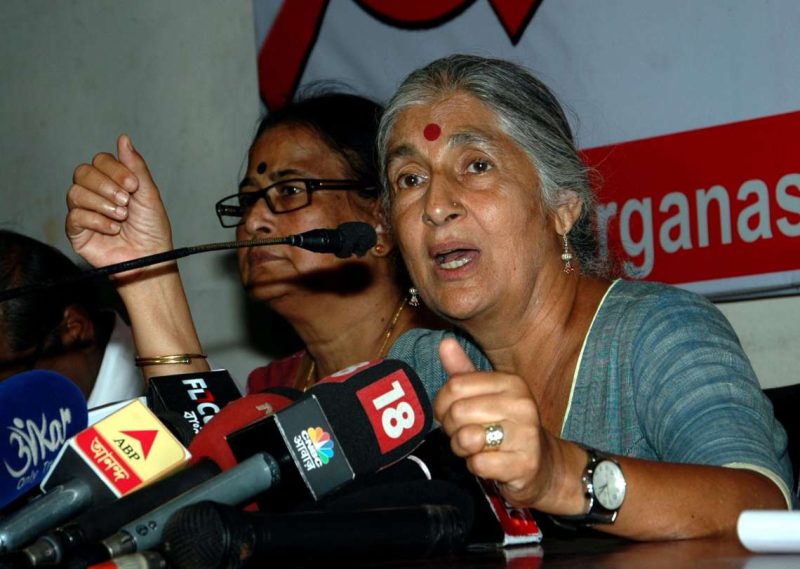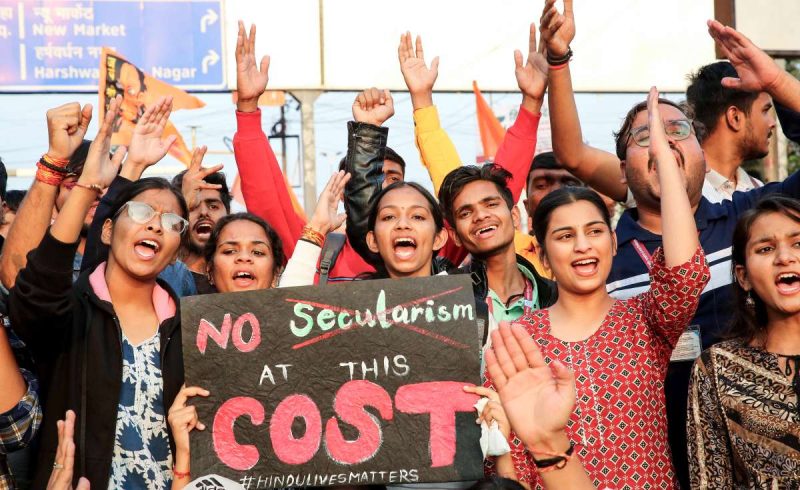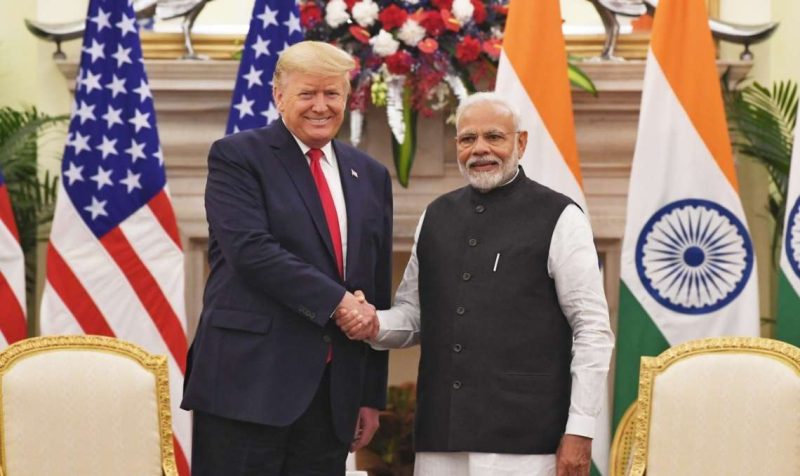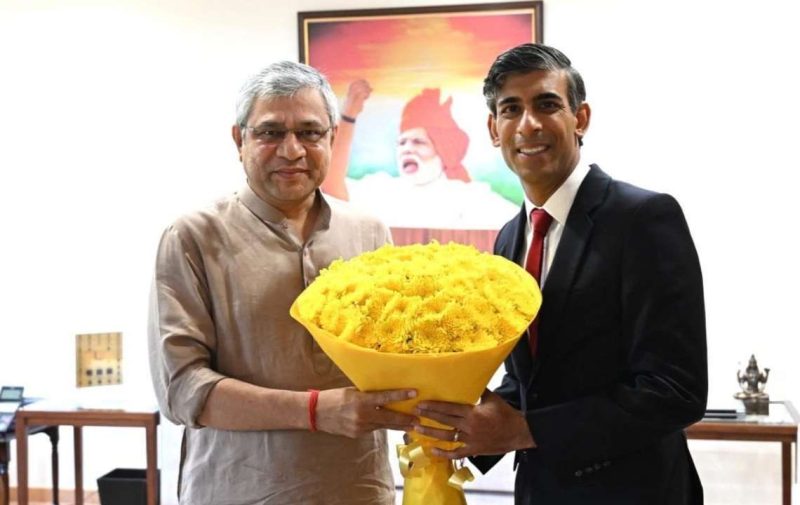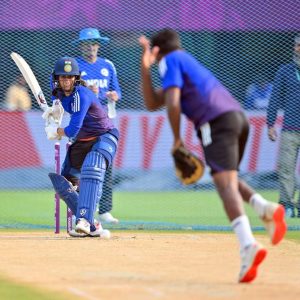The apex court also said that the creators must check for accurate representation of a medical condition as much as possible…reports Asian Lite News
The Supreme Court on Monday laid down guidelines in connection with portrayal of the persons with disabilities (PWD) by visual media and directed to avoid language that individualises the impairment and overlooks the disabling social barrier.
A bench of Chief Justice of India DY Chandrachud and Justice JB Pardiwala said,” As long as the overall message of the film justifies the depiction of disparaging language being used against persons with disabilities, it cannot be subjected to restrictions beyond those placed in Article 19(2). However, language that disparages persons with disabilities, marginalises them further and supplements the disabling barriers in their social participation, without the redeeming quality of the overall message of such portrayal must be approached with caution.”
The top court noted that such representation is problematic not because it offends subjective feelings but rather, because it impairs the objective societal treatment of the affected groups by society.
“We believe that representation of persons with disabilities must regard the objective social context of their representation and not marginalise persons with disability,” the top court said while laying down guidelines.
Among the guidelines, the first one by the top court is about the “words cultivate institutional discrimination.”
“Terms such as “cripple” and “spastic” have come to acquire devalued meanings in societal perceptions about persons with disabilities. They contribute to the negative self-image and perpetuate discriminatory attitudes and practices in society,” the court said.
The court also directed that language that individualises the impairment and overlooks the disabling social barriers (eg terms such as “afflicted”, “suffering”, and “victim”) should be avoided or adequately flagged as contrary to the social model.
The apex court also said that the creators must check for accurate representation of a medical condition as much as possible. The misleading portrayal of what a condition such as night blindness entails may perpetuate misinformation about the condition, and entrench stereotypes about persons with such impairments, aggravating the disability, the top court said.
Besides this, the other guidelines are that visual media must reflect the lived experiences of Persons with disabilities, who are under-represented and said that their portrayal must capture the multitudes of their lived realities, and should not be a uni-dimensional, ableist characterisation.
“Visual media should strive to depict the diverse realities of persons with disabilities, showcasing not only their challenges but also their successes, talents, and contributions to society. This balanced representation can help dispel stereotypes and promote a more inclusive understanding of disability. Such portrayals should reflect the multifaceted lives of persons with disabilities, emphasizing their roles as active community members who contribute meaningfully across various spheres of life. By highlighting their achievements and everyday experiences, media can shift the narrative from one of limitation to one of potential and agency,” the court said.
“They should neither be lampooned based on myths (such as, ‘blind people bump into objects in their path’) nor presented as ‘super cripples’ on the other extreme. This stereotype implies that persons with disabilities have extraordinary heroic abilities that merit their dignified treatment. For instance, the notion that visually impaired persons have enhanced spatial senses may not apply to everyone uniformly. It also implies that those who do not have such enhanced superpowers to compensate for the visual impairment are somehow less than ideal,” it added.
“Decision-making bodies must bear in mind the values of participation. The ‘nothing about us, without us’ principle, is based on the promotion of participation of persons with disabilities and
the equalisation of opportunities. It must be put to practice in constituting statutory committees and inviting expert opinions for assessing the overall message of films and their impact on the dignity of individuals under the Cinematograph Act and Rules,” the top court said.
“The CPRD also requires consultation with and involvement of persons with disabilities in the implementation of measures to encourage portrayal that is consistent with it,” the top court said.
“Collaboration with disability advocacy groups can provide invaluable insights and guidance on respectful and accurate portrayals, ensuring that content aligns with the lived experiences of persons with disabilities,” the top court said.
“Training and sensitization programs should be implemented for individuals involved in creating visual media content, including writers, directors, producers, and actors. These programs should emphasize the impact of their portrayals on public perceptions and the lived experiences of persons with disabilities. Topics should include the principles of the social model of disability, the importance of respectful language, and the need for accurate and empathetic representation. Regular workshops and collaboration with disability advocacy groups can foster a deeper understanding and commitment to responsible portrayal,” the top court said.
The court direction came on Nipun Malhotra’s petition who is the founder of an organisation that promotes awareness about disabilities, conducts policy research and provides education to underprivileged children. The appellant was aggrieved by the manner in which persons with disabilities have been portrayed in the movie titled ‘Aankh Micholi’. He challenged the judgment dated 15 January 2024 of the High Court of Delhi by which a petition was dismissed on grounds of maintainability.
The appellant sought guidelines against filmmakers, regarding the provisions of the RPwD Act and the composition of the Board and the Advisory panel under the Cinematograph Act and recommendations to beep certain parts of the present film as well.
“We endorse slow interference with the determination of an expert body under the Cinematograph Act, particularly to allow the exhibition of a film. It is for the Board to draw the line between permissible and impermissible portrayal of social ills through visual media, and ensure that the Guidelines are meant to be read as broad standards for the same.109 The certification in the present case implies that the Board found that the overall message of the film was in accordance with the guidelines and the RPwD Act.110 We are not inclined to interfere with this finding by recommending beeping out parts of the film, especially considering the inclusion of a disclaimer in the film,” the top court said. (ANI)


